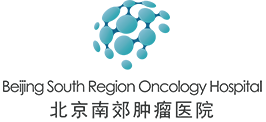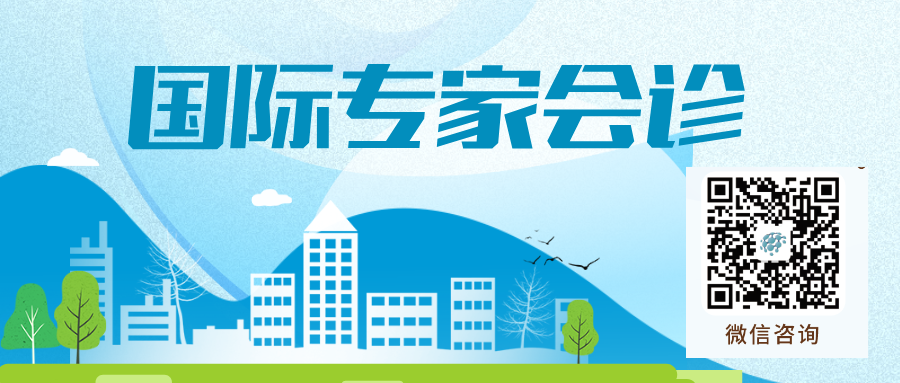In August 2025, the Center for Drug Evaluation (CDE) of the National Medical Products Administration (NMPA) officially granted Breakthrough Therapy Designation to Ina-cel, a novel CD19-directed CAR-T cell therapy independently developed by Juventas, for the treatment of pediatric patients with relapsed or refractory B-cell acute lymphoblastic leukemia (r/r B-ALL).

At present, there are still many clinical trials of new anti-cancer technologies in China seeking patients. Consultation on new drugs and technologies, you can contact Beijing South Region Oncology Hospital International Department.
Phone Number:4008803716
WeChat ID: 17801183037
Email:myimmnet@163.com
Inaticabtagene autoleucel (Inati-cel) is a CD19-specific chimeric antigen receptor (CAR) T-cell product, featuring a CD19 scFv derived from the clone HI19α and a 4-1BB/CD3-ζ costimulatory domain, which was approved in China for adult patients with relapsed or refractory B-acute lymphoblastic leukemia (r/r B-ALL) in November 2023.
The2025 ASCO Annual Meeting report the multi-center, non-interventional real-world study (NCT06450067) to evaluate Inati-cel for adult B-ALL patients. Between November 20, 2023, and November 13, 2024, 62 patients received Inati-cel and were evaluable. The median age was 37.5 (range, 14-76) years, with 13 patients aged≥60 years. At screening, 16 cases relapsed after hematopoietic stem cell transplantation (HSCT), 4 cases were primary refractory, and over 70% of patients carried high-risk genetic abnormity. The median infusion dose was 0.60 (range: 0.46-0.9) ×108CAR-T live cells.
Results:The data as of December 30, 2024, with a median follow-up of 3.8 months (range: 0.5–12.4 months), 89.5% achieved MRD-negative ORR after Inati-cel in r/r patients, including 31 with CR and 3 with CRi (table1). Nine patients with MRD-positive at screening, the MRD-negativity rate reached 100% after Inati-cel. After Inati-cel, 26 patients had MRD results detected by q-PCR, and 92.3% obtained negative results. After achieving CR/CRi, 4 patients subsequently underwent allo-HSCT in remission. The median DOR, OS and RFS have not been reached with and without censoring patients at subsequent allo-HSCT. Among the evaluable patients, the 1-year RFS and DOR rates were 76.2% and 74.1%, respectively. Seven patients experienced relapses, including 3 CD19+ relapses, 2 CD19- relapses, and 2 with unclear CD19 status. It is worth noting that in 6 cases of extramedullary disease, 4 cases were effective, but 2 cases relapsed within 3 months after Inati-cel. All patients who received the Inati-cel infusion were alive, except for one death from disease progression. The most common adverse events (AEs) of special interest were cytokine release syndrome (CRS) and immune effector cell-associated neurotoxicity syndrome (ICANS). Fifty-one percent of patients developed CRS, but grade 3 or higher CRS and ICANS only occurred in 3.2% and 1.6% of patients, respectively; all patients recovering without sequelae, no AE-related deaths.
The real-world use of Inati-cel demonstrates a high MRD-negative ORR in adult B-ALL. The safety profile was manageable, with a low incidence of grade ≥3 CRS and ICANS in the real-world setting. Longer follow-up data will be presented.
At present, there are still many clinical trials of new anti-cancer technologies in China seeking patients. Consultation on new drugs and technologies, you can contact Beijing South Region Oncology Hospital International Department.
Phone Number:4008803716
WeChat ID: 17801183037
Email:myimmnet@163.com
Post time: Aug-26-2025

